Lenovo: 'Gaming PCs are like sports cars - the first thing you do is show them off'
Battlestation or Bugatti? Why not both?
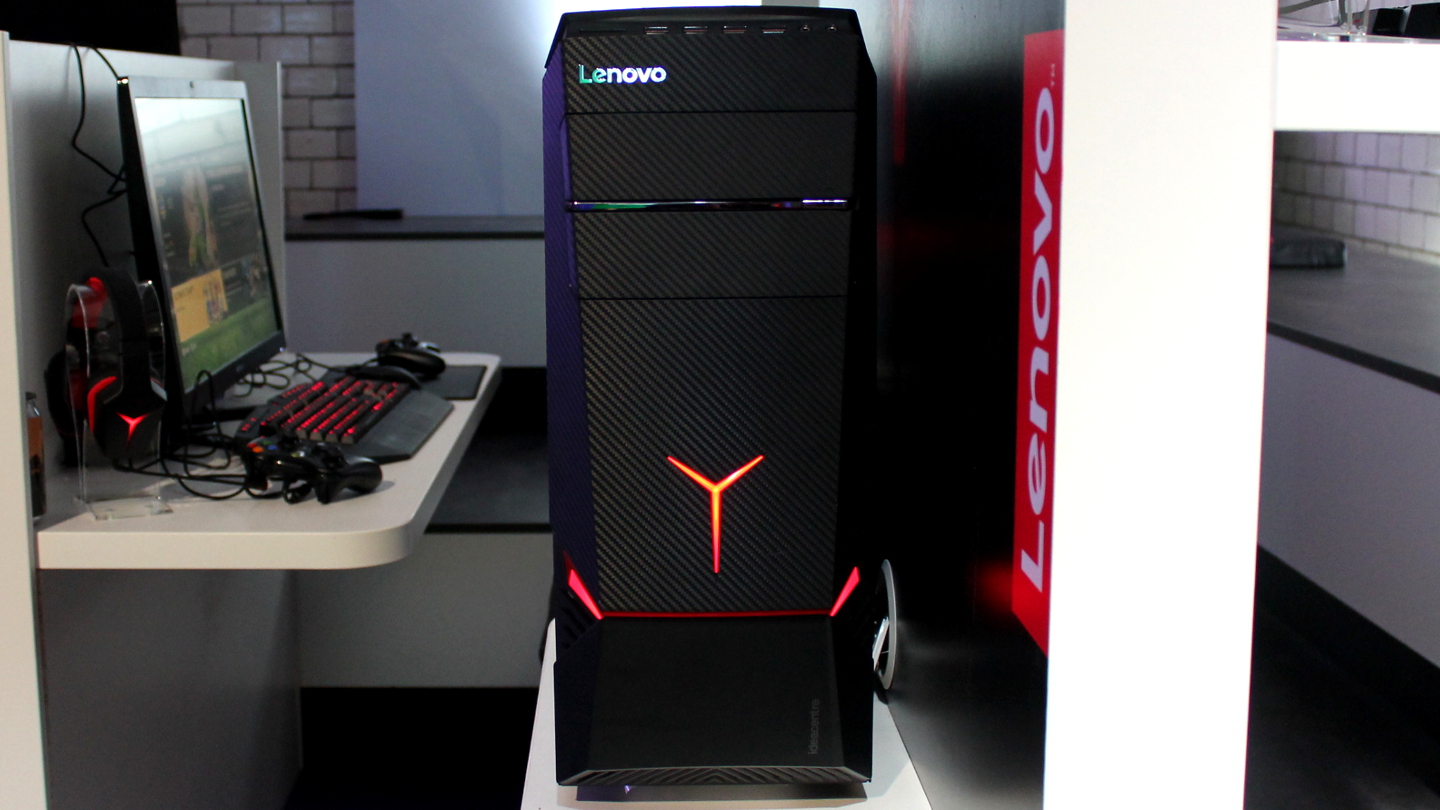
Lenovo took PC gaming by the scruff of the neck at this year's IFA 2015 expo, launching several gaming laptops, desktops and 2-in-1s featuring eye-catching cases and packing Intel's latest Skylake processors.
The company also rolled out a number of new gaming peripherals as part of its Y-series of accessories, including a mechanical keyboard, a headset and a mouse. Aware that gamers prefer to look fashionable while fragging, it tasked a single design team with keeping the look and feel of its new products consistent.
Techradar sat down with Lenovo's global PC design and marketing chief Dilip Bhatia to find out what gamers want from their pre-built PCs, Lenovo's push into peripherals and whether it will ever launch a 2-in-1 that could rival today's most powerful gaming laptops.
Techradar: Why has Lenovo launched a range of gaming peripherals along with its new systems?
Dilip Bhatia: We asked gamers what else they buy with their systems, and they said things like headsets and mousepads. We figured out that if they're already purchasing systems, why not make it simple and easy for them to get accessories too. We have one design team that looks at both notebook and desktop accessories, so the products match visually.

TR: What do gamers want when it comes to buying pre-built systems?
DB: The key feedback is that they want open solutions. Our competitors have proprietary solutions, so we're providing standard ATX motherboard, standard power supplies and cooling solutions. The PC hardware market is growing faster than anything else out there - we think it could be a 27 to 30 billion dollar market by 2017 or 2018. That's why we've invested in this area, and we're talked to a number of gamers to see what's missing.
Sign up for breaking news, reviews, opinion, top tech deals, and more.
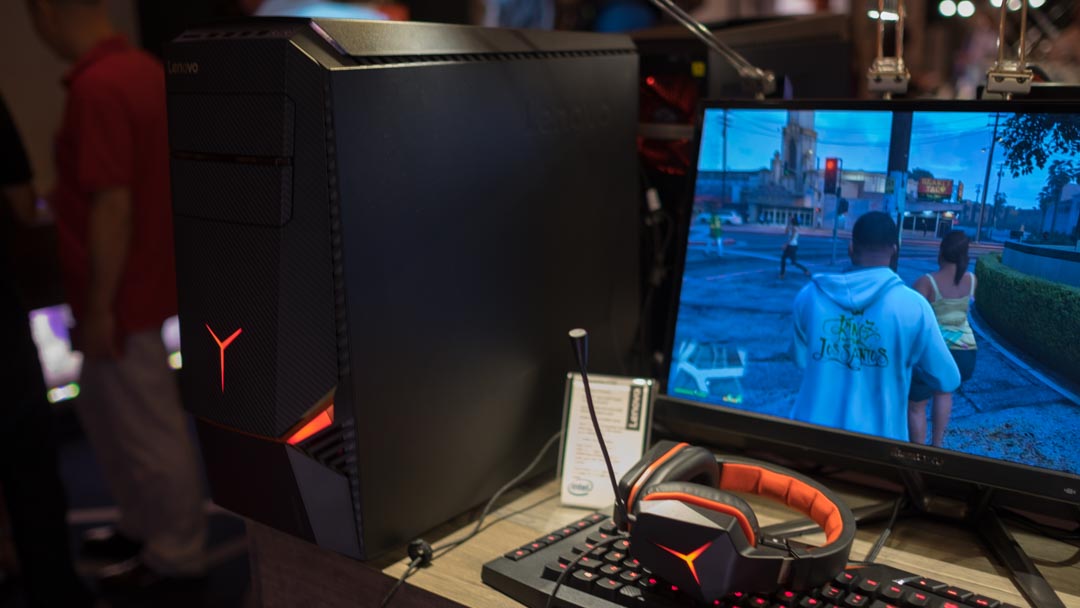
TR: With the Ideacentre Y900, where did the idea of having a transparent side panel and removable panels come from?
DB: We observed gamers and found that they like to show off their systems to their friends, so we said 'hey, why don't we come up with a transparent solution?'. We even painted the clean-cable routing inside. It's like showing somebody a car - when you buy a sports car the first thing you do is open up the hood and show somebody the engine inside. The inside of a gaming PC is important, but the outside is just as important. Sure we care about stuff like frames per second and low lag time, but you need a PC's design to look and feel attractive too.
TR: You've made sure that the Y900's case makes it easy to do things like install a cooling solution or clear out the dust. Are there any plans to offer the case separately for people who want to build their own rigs?
DB: No - there aren't any plans to offer the chassis on its own. There are plenty of companies who do that, but we're focused on people who may want to tinker but don't have a lot of time.
TR: What overclocking capabilities does the Y900 have?
DB: Its customisable chassis goes a long way to helping gamers overclock the system. They can install a 1000w power supply, or a put a water-cooled system in there. The Y900 uses industry standard parts - that's the whole idea of it.
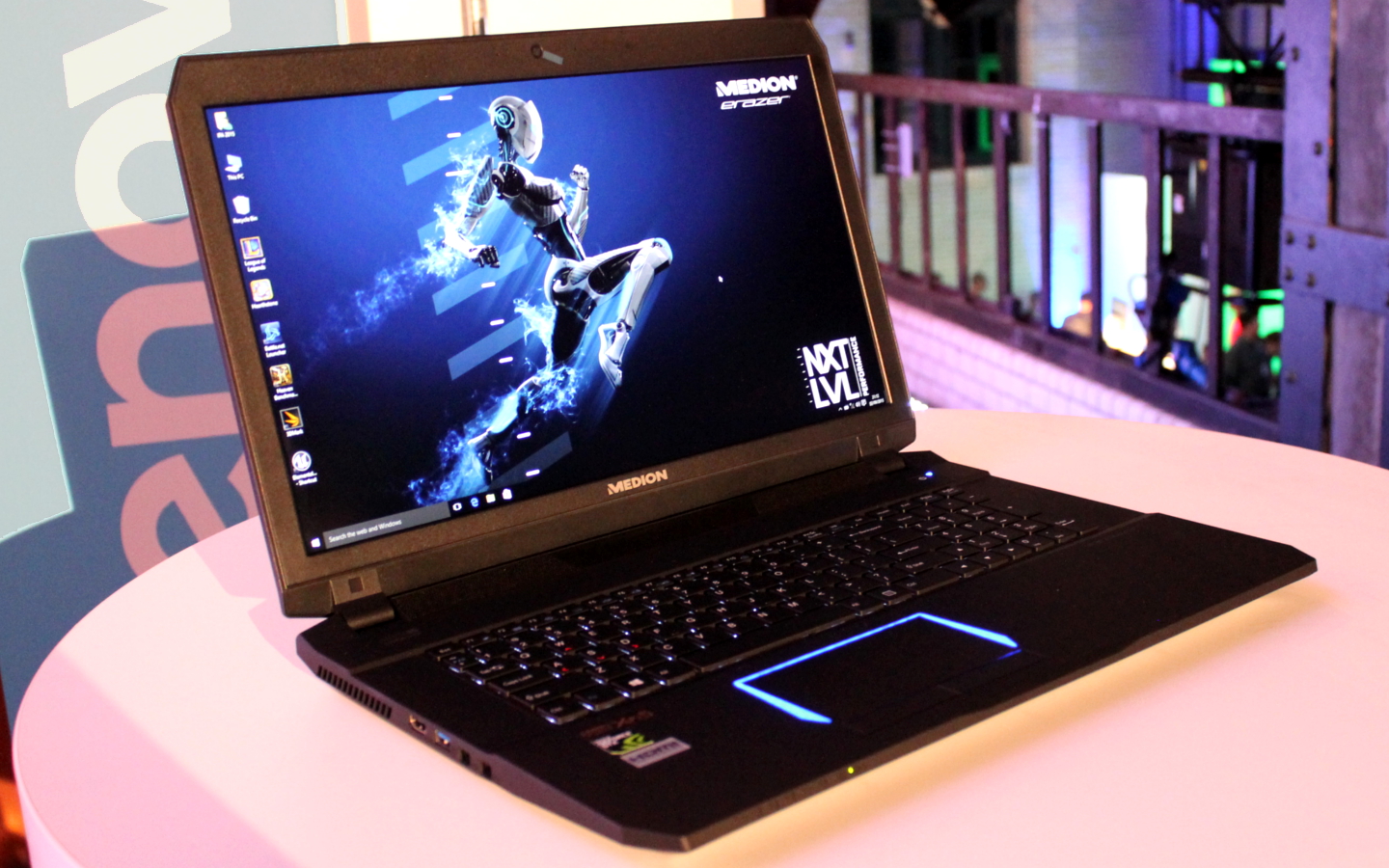
TR: Why did you launch two different laptops in the Medion Erazer and the Ideapad Y700. Why not just one or the other?
DB: The Erazer is typically for customers in Germany. We have a long history of customers who buy Medion Erazer products there - it's a huge fanbase. Do we want to converge the product lines at somepoint? Maybe, but given that our customer base is slightly different in Germany versus the rest of the world, we decided to stick with the two product lines.
TR: Lenovo kicked off the 2-in-1 craze with its Yoga line of products. It seems that all that's missing is a really beefy gaming hybrid. Why has Lenovo not made one yet?
DB: It's certainly a market we're keeping an eye on. The ThinkPad Yoga 460 actually has a discrete processor, and we have a number of other Yoga systems available with discrete graphics and capabilities. Are they high-end? I'm not sure yet, but it's an area we're already involved in.
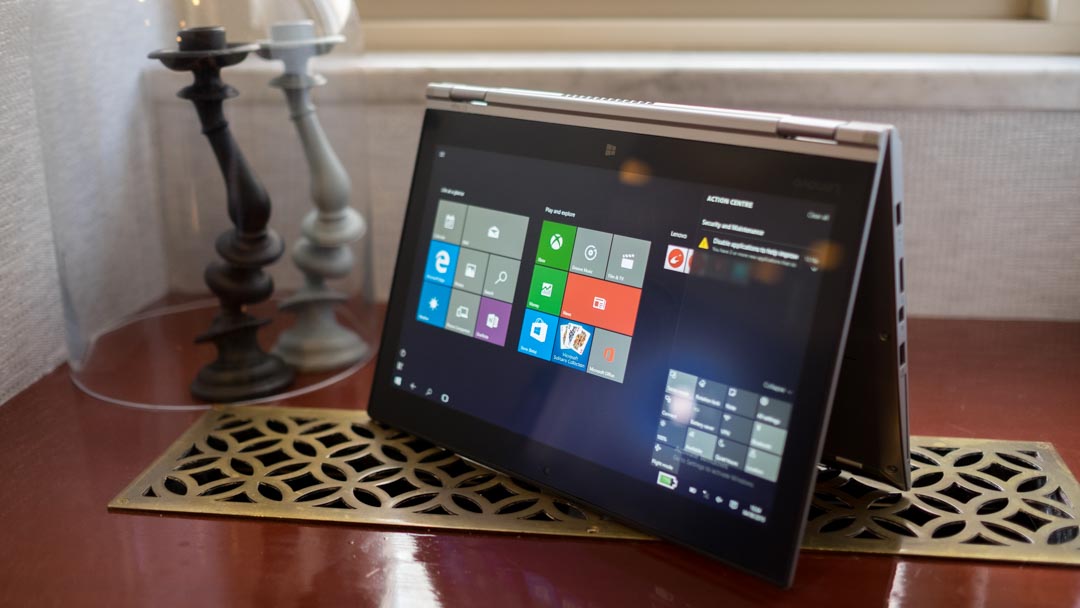
TR: Lenovo hasn't launched a super-thin gaming laptop like a Razer Blade just yet. Is the preference still towards performance rather than portability, and would you say that the trade-off isn't worth it for gamers at the moment?
DB: It all depends on how mobile we want to make a gaming laptop. Performance is the number one thing that matters - that's why we've focused on keeping the Y700 balanced. Sure we could make it thinner and lighter, but then the cost goes up. It's about hitting the sweet spot between power and portability.
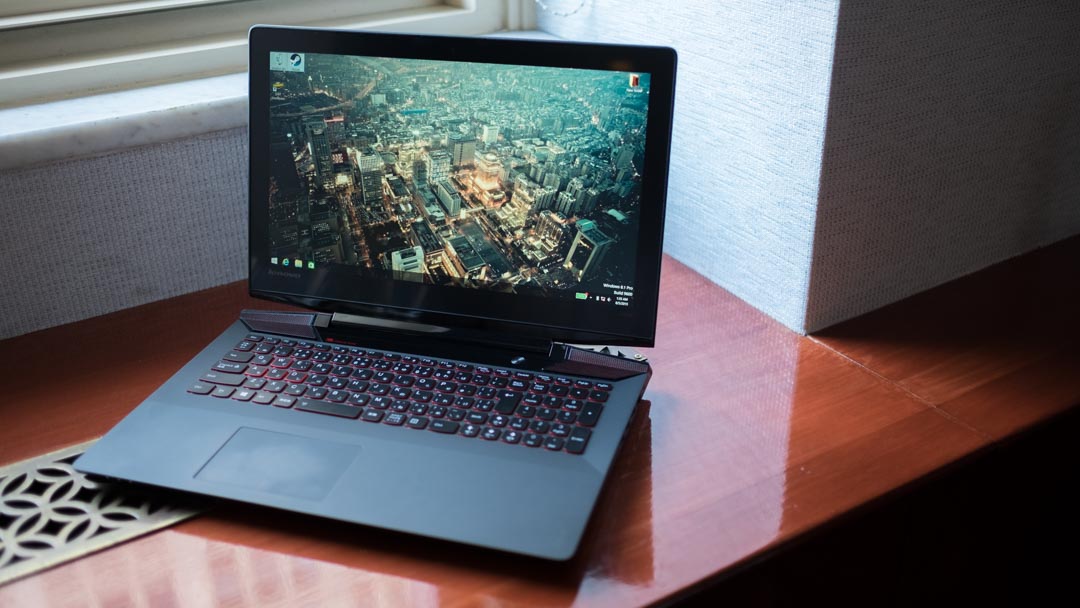
TR: Gamers aren't usually bothered about touchscreens on laptops. Why did you put one on the Y700?
DB: That's a general move across all of our notebooks. Take the Yoga 3 Pro for example - we put a high-end display on it because certain applications can take advantage of the resolution. It's actually optional, and about giving people a choice.
TR: Windows 10 will make many gamers feel like they've got a brand-new PC. Why should they care about upgrading to Skylake?
DB: As Intel has pointed out, Skylake can give a three-year old PC a 33 per cent performance bump and a huge graphics bump, so it depends on what you're buying. If you're just playing basic games then you probably don't need Skylake, but if you need the best hardware, it's the way to go.
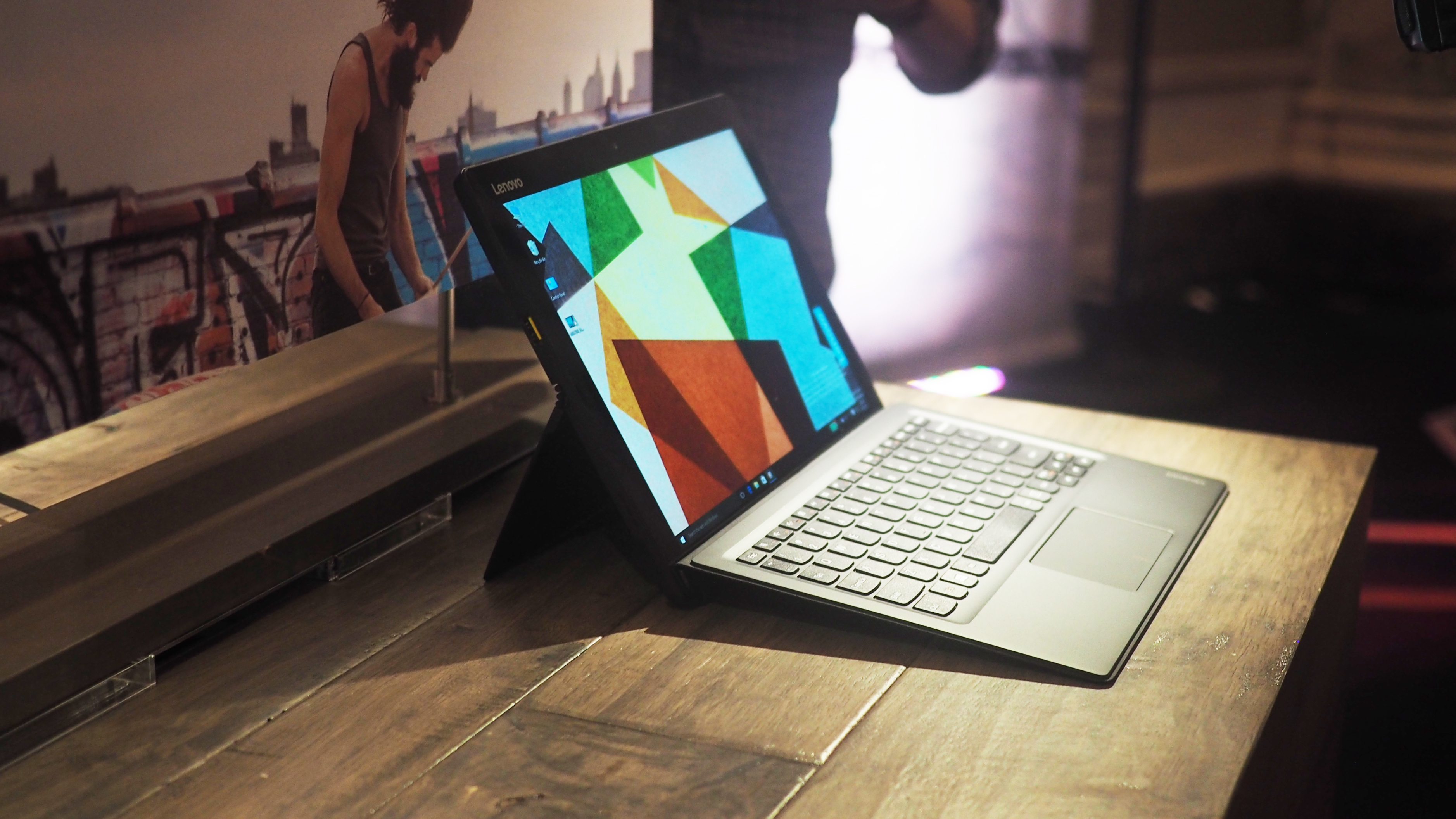
TR: The IdeaPad Miix 700 uses Intel's Core M7 processor, so who is it aimed at? More casual buyers who make pick up a Surface 3, or people who may want a more fully-fledged computer like a Surface Pro 3?
DB: We're focused on our target segments, and the feedback from our customers is that they want an affordable tablet - not everyone wants a full-sized PC. Some of our customers are attracted toward the mobility of a tablet that's also a PC, so those are the people the Miix 700 is targeted at. Value plays a big part there.
